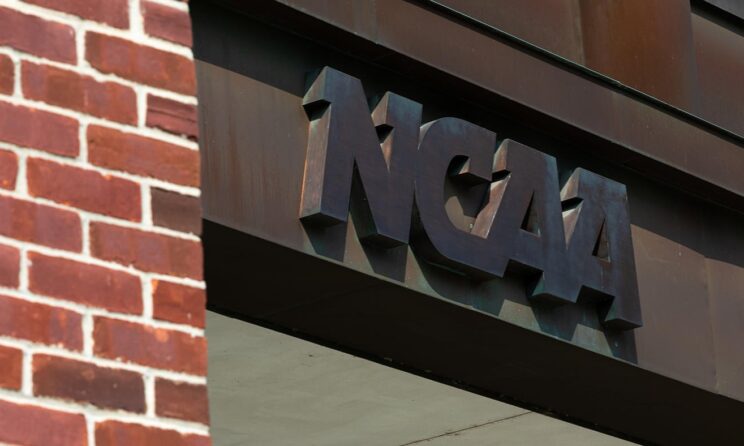
A new era of college athletics is upon us, and leaders do not have much time to prepare for the transformative age.
College sports is on the precipice of changing forever as leaders from the NCAA and several power-conference levels have agreed to destroy the amateurism model and share revenue with players by coming to terms on settling a multi-billion dollar lawsuit that threatened to bankrupt the collegiate athletics enterprise.
The NCAA Board of Governors voting Wednesday to accept the anti-trust lawsuit settlements and move forward was a pivotal rubber-stamping. The SEC and Pac-12 are set to vote Thursday before it’s in the plaintiff lawyers’ hands; they each are expected to approve moving forward with settling in separate meetings.
The $2.8 billion settlement in the House v. NCAA case, a landmark legal battle, has far-reaching implications anchored by revenue sharing and the expansion of roster sizes, which might also spark more legal battles with Title IX implications. In the immediate future, the legal settlement is transformative for players because not only will past athletes be compensated for prior restrictions on earning from their name, image, and likeness via the $2.8 billion settlement, but the agreement sets the stage for a future revenue-sharing model, a first in the NCAA’s long history, benefiting thousands of collegiate athletes starting as soon as Fall 2025.
The NCAA and its conferences will hammer out the details of new revenue-sharing and governance models over the next few months, but a framework was revealed in internal documents uncovered by multiple outlets in recent weeks. Athletic departments must now prepare for new line items that could balloon up to $30 million annually as the richest schools prepare to…
..






